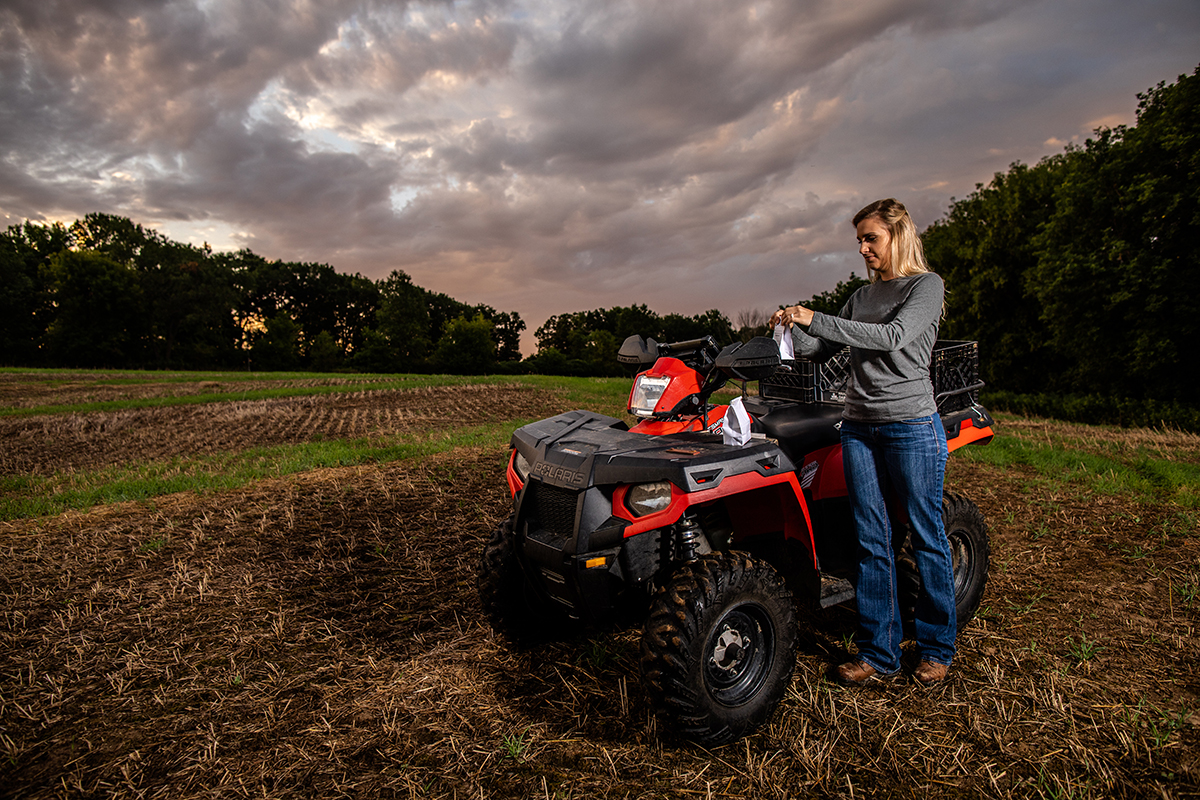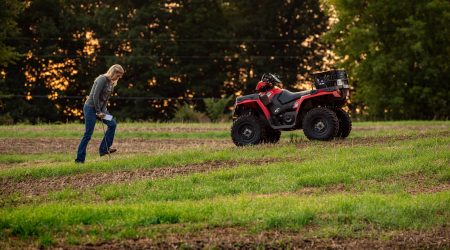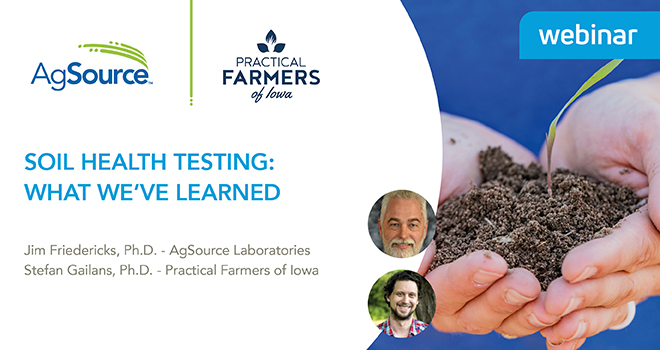Soil Carbon Testing
Quantifying your soil’s carbon content starts here.
Soil has the capacity to hold more carbon than the atmosphere and vegetation combined. But how do you measure your soil’s carbon content?
AgSource offers a full suite of analyses to quantify organic and inorganic fractions of soil carbon for various carbon and soil health programs. Our laboratory uses dry combustion, the gold standard method, for analyzing soil carbon.

Each carbon test we offer helps characterize carbon in a different way.
Total Carbon: combustion of total soil sample representing all forms of carbon (includes organic and inorganic fractions)
Total Organic Carbon: combustion of sample following acidification (removal of inorganic carbonate fraction). In combination with BD (bulk density) this is the preferred test for soil carbon programs.
Total Inorganic Carbon: Total Carbon – Total Organic Carbon. This is the mineral form of carbon.
C:N Ratio: characterizes carbon and nitrogen relationship in the soil.
For more information on AgSource’s carbon analyses, reach out to our team!
Each soil carbon test is performed using combustion methodology and is offered individually or as an add on to our soil health analyses.
Soil Carbon Testing Packages:
- Total Carbon – contains organic and inorganic
- Total Organic Carbon – preferred method for carbon credits
- Total Inorganic Carbon – includes forms like carbonates
- Total C:N Ratio
- Total Nitrogen
- Total Organic C:N Ratio
Additional Tests
- Bulk Density – Used to evaluate the mass of soil for carbon stock measurement
Check out our full suite of soil health analysis to learn more about quantifying the biological activity and available nutrients in your soil.
A good sample is key to an accurate analysis. Consistency is important to obtaining the most accurate soil test results. Follow our basic sampling reminders for best results.
AgSource Laboratories Soil Carbon Sampling Reminders:
- Bulk Density is necessary for calculating carbon mass per acre. Intact soil cores should be sent to the lab including interior diameter of probe tip and length of the sample core at time of sampling.
- Because carbon can fluctuate throughout the year, it is recommended that carbon samples are pulled at the same time of the year and at the same depth when measuring in a series. Surface soil can be measured at 6-8 inches with profiles often measured to a depth of 3 feet.
- Samples should be kept cool and shipped to the lab within 3 days or air dried within 3 days of sampling.
Reach out to AgSource with any questions regarding sampling methods and handling.
 Soil Carbon Technical Bulletin
Soil Carbon Technical Bulletin- Soil Health Submission Form
- Order Sampling Supplies
Soil Carbon Testing Companion Analysis
Soil Health Testing
Combining chemical, physical and biological analyses, soil health testing provides a measure of your soil’s health and vitality. By focusing on soil health, you’ll unlock a myriad of benefits from improved plant health to improved soil structure and reduced erosion.



